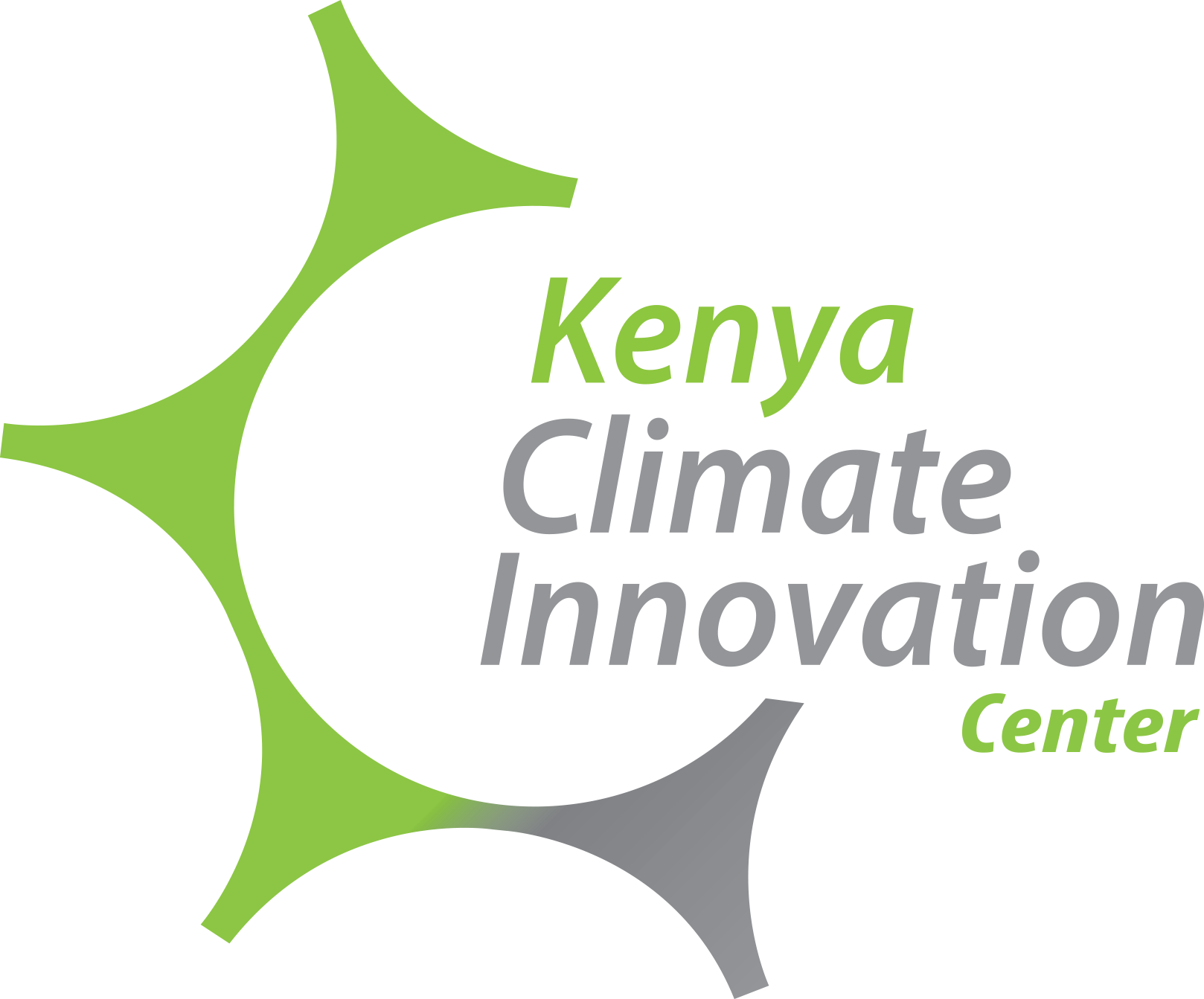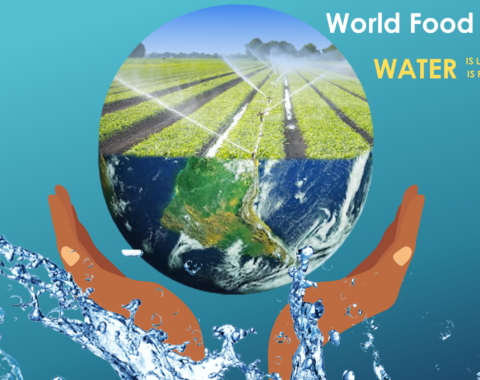Today, human civilization faces a pressing problem of increasing global vulnerability to climate change that demands urgent action towards the reduction of carbon emissions. Unfortunately, global warming and the collective idea of climate change has greatly been attributed to economic activities with the aspiration for value maximization. Inexplicably, the banking industry constitutes the principal component of the financial flow in an economy. Consequently, the banking industry, with its infinite ability to innovate financing mechanisms, can be harnessed to promote the global agenda of sustainability. Such attempts have brought up the notion of economic sustainability that has led to the adoption and implementation of a relatively new concept of green finance.
Financial flows (investments and lending) aimed at developing, promoting, implementing, or supporting sustainable projects have come to be known as green financing. These projects are aimed at promoting renewable energy, energy efficiency, reduction of carbon footprint, and the conservation of water, soil, and air. Green finance incorporates environmental protection with economic profits creating a traditionally unlikely nexus between finance, business, and environmental management. In practice, green financing involves consumers, producers, financial lenders, and both individual and institutional investors. It has increasingly gained popularity among financial markets, political players, and the general public. The objective of green financing is to achieve a rapid economic and societal transformation of the Paris Agreement.
There are several green financing mechanisms such as sustainable securitizations, green loans, and bonds as well as sustainability-linked loans and bonds. However, the dominant green financing instruments are debt and equity. Currently, much of the green financing sources are from public and charitable organizations with little from private entities. This has created mammoth green financing deficits across the globe. As for now, Africa suffers from a US$ 2.5 trillion green financing gap that without proper resource mobilization and with an increasing population, it is expected to exacerbate to US$ 19.5 trillion by 2030. Consequently, the potential role of micro, small, and medium enterprises (MSMEs) in economic development and social mobility needs to be utilized in bridging the gap.
Global funds like the Green Climate Fund (GCF) and country-based financiers such as Kenya Climate Ventures (KCV) in Kenya, among others, will be pivotal in mobilizing both international and local resources to narrow the green financing gap. Business projects targeted by different financiers commit to changing the general production and consumption trends by integrating climate change adaptation and mitigation measures while responding to the economic needs of poverty eradication. However, to close the gap, there is a need to create an environment that facilitates innovative solutions and lower the perceived high investment risks. This could be complemented by changing regulatory frameworks, harmonizing the existing financial incentives, diversifying the sources of green financiers, aligning public sector financing with environmental perspectives, financing resource-based green projects, and climate-smart blue economy.












